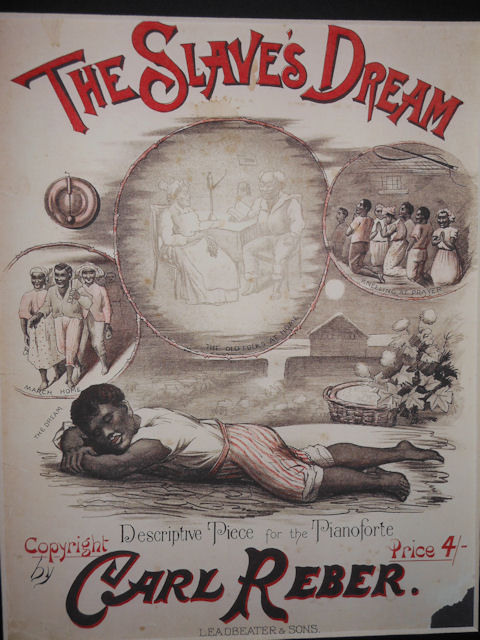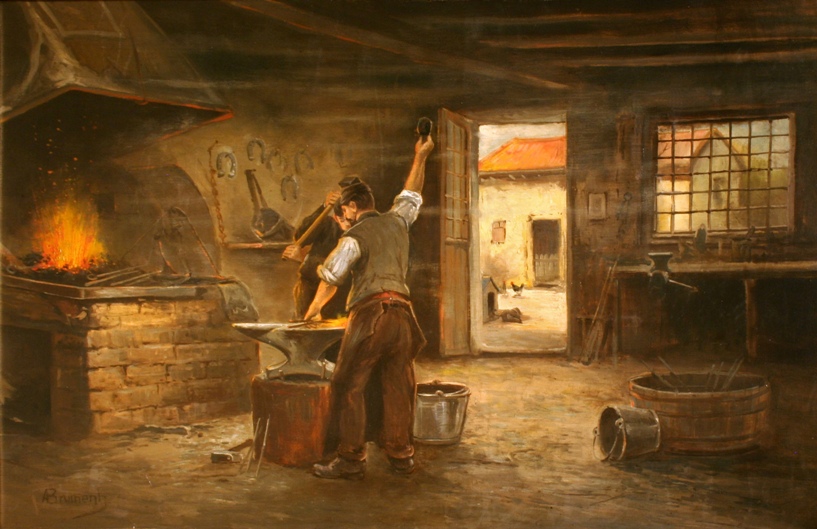Written in iambic pentameter the Jewish Cemetery consists of fifteen stanzas and each stanza follows abab rhyme scheme. The small Jewish community between the mid 17th and early 19th centuries which lived in Newport, Rhode Island is commemorated in this poem. Honestly recalling the persecution by European Christians that eventually led them to settle in Rhode Island, Longfellow pays respectful tribute to the Jews who lived at Newport, which granted freedom of worship to all sects, even in colonial times. So here is The Jewish cemetery at Newport summary.
The Jewish Cemetery at Newport Summary
It was in 1852 when Longfellow visited New Port the town was going through rapid change becoming new and modern that he discovered an old Jewish cemetery. This was an important revelation for him because it had its associations with a synagogue that was supposedly one of the oldest surviving Jewish synagogues not only in the USA but entire North America. The Synagogue was the Touro Synagogue. The poem had the essence and memories’ that visit by the poet; it is that experience that greatly reflects in this historic elegy where he meditates on the history of the Jews. The poem has a great many allusions to the Jewish history and religion with an elegiac tone that is characteristic of his writing style. Evangeline is one of his earlier poems where we can find a similar tone to the poem. His genius was in the portrayal of lyric sad music. Longfellow uses this elegiac music in the Jewish cemetery at New Port to articulate a history of persecution, expulsion, and Diaspora; a tragic vision of Jewish history.
The speaker’s initial exclamation, “How strange it seems!” (line 1), in many ways captures the essence of the entire poem. Here, in this harsh New England outpost, beside a turbulent ocean that never ceases to batter the shoreline, is a Hebrew graveyard, the final resting place for sons of David who made their way from their homes abroad to the “new world” of America. Now, beneath a canopy of dust-covered trees, which the speak~r labels “leafy tents” (line 7), they carry on “The long, mysterious Exodus of death” (line 8), their final journey. To the speaker, the weather-beaten and broken gravestones “Seem like the tablets of the Law, thrown down / And broken by Moses at the mountain’s base” (lines 11-12). Even the names on the headstones seem exotic and strange, “Of foreign accent, and of different climes” (line 14).
Starting with the fifth stanza and continuing through the seventh, however, the poem begins to move away from a mere observation of the gravestones’ strangeness and toward a commentary on the finality of death and the nature of the afterlife. In lines 17-20 the speaker imagines the burial scene, in which God bountifully provided man “rest and peace” as well as “Life that nevermore shall cease.” This is followed by a series of inverted sentences which emphatically stress the finality of death through symbols such as closed portals, silenced voices, and the repetition of the word “no.” Focusing on traditional rituals, places, and personages—worship in the Synagogue, recitation of the Psalms, the Rabbi reading the Ten Commandments—the speaker forcefully states that for those buried in the cemetery, all of these are gone, as are their mourners. Yet, he observes, they are “not neglected; for a hand unseen, / Scattering its bounty, like a summer rain, / Still keeps their graves and their remembrance green” (lines 26-28).
In stanzas eight through twelve the speaker concerns himself with two major things: wondering what brought these Jews to such a cold and distant outpost, and cataloging the long history of religious persecution, torture, and banishment suffered by Jews at the hands of intolerant Christians. Alluding to Biblical exiles (“Ishmaels and Hagars”), places of ostracism (“Ghetto and Judenstrass”), and derisive labels (“Anathema maranatha!”), the speaker recounts the ubiquitous suffering of the Jews and compliments their remarkable tolerance (“Taught in the school of patience to endure / The life of anguish and the death of fire”). He furthermore adds that their food was the “unleavened bread, / And bitter herbs of exile,” their drink the “marah of their tears” (lines 37-40). Still, despite the humiliation and torment, the jeers that “rang from town to town, from street to street” (line 42), these exiles retained pride in their illustrious religious heritage and steadfastly maintained their faith. As the speaker wondrously observes, “trampled and beaten were they as the sand, / And yet unshaken as the continent” (lines 47-48).
In the final three stanzas the speaker attempts to explain the Jews’ enduring faith in spite of constant persecution, noting that the great patriarchs, prophets, and sacred traditions of the past they “saw reflected in the coming time” (line 52). However, he indicates that this belief in the rebirth of the past—what the speaker labels a “reverted look” (line 53)—seems to a Christian fruitless as the Christian afterlife suggests a change of being, not a preservation of the past. As the speaker remarks, “But ah! what once has been shall be no more! / The groaning earth in travail and in pain / Brings forth its races but does not restore, / And the dead nations never rise again” (lines 57-60). TheJewish cemetery at Newport summary
Some online learning platforms provide certifications, while others are designed to simply grow your skills in your personal and professional life. Including Masterclass and Coursera, here are our recommendations for the best online learning platforms you can sign up for today.
The 7 Best Online Learning Platforms of 2022
- Best Overall: Coursera
- Best for Niche Topics: Udemy
- Best for Creative Fields: Skillshare
- Best for Celebrity Lessons: MasterClass
- Best for STEM: EdX
- Best for Career Building: Udacity
- Best for Data Learning: Pluralsight














